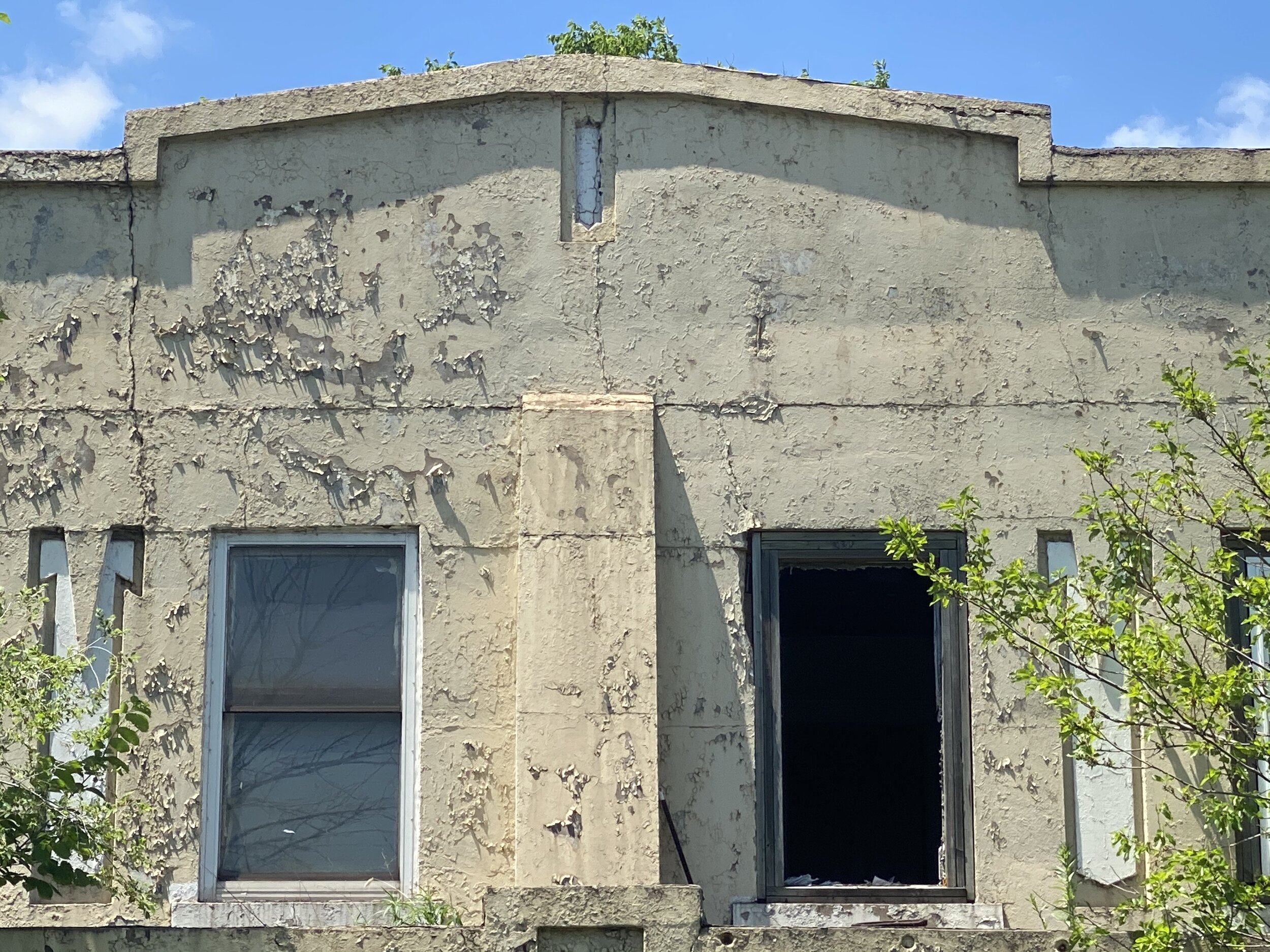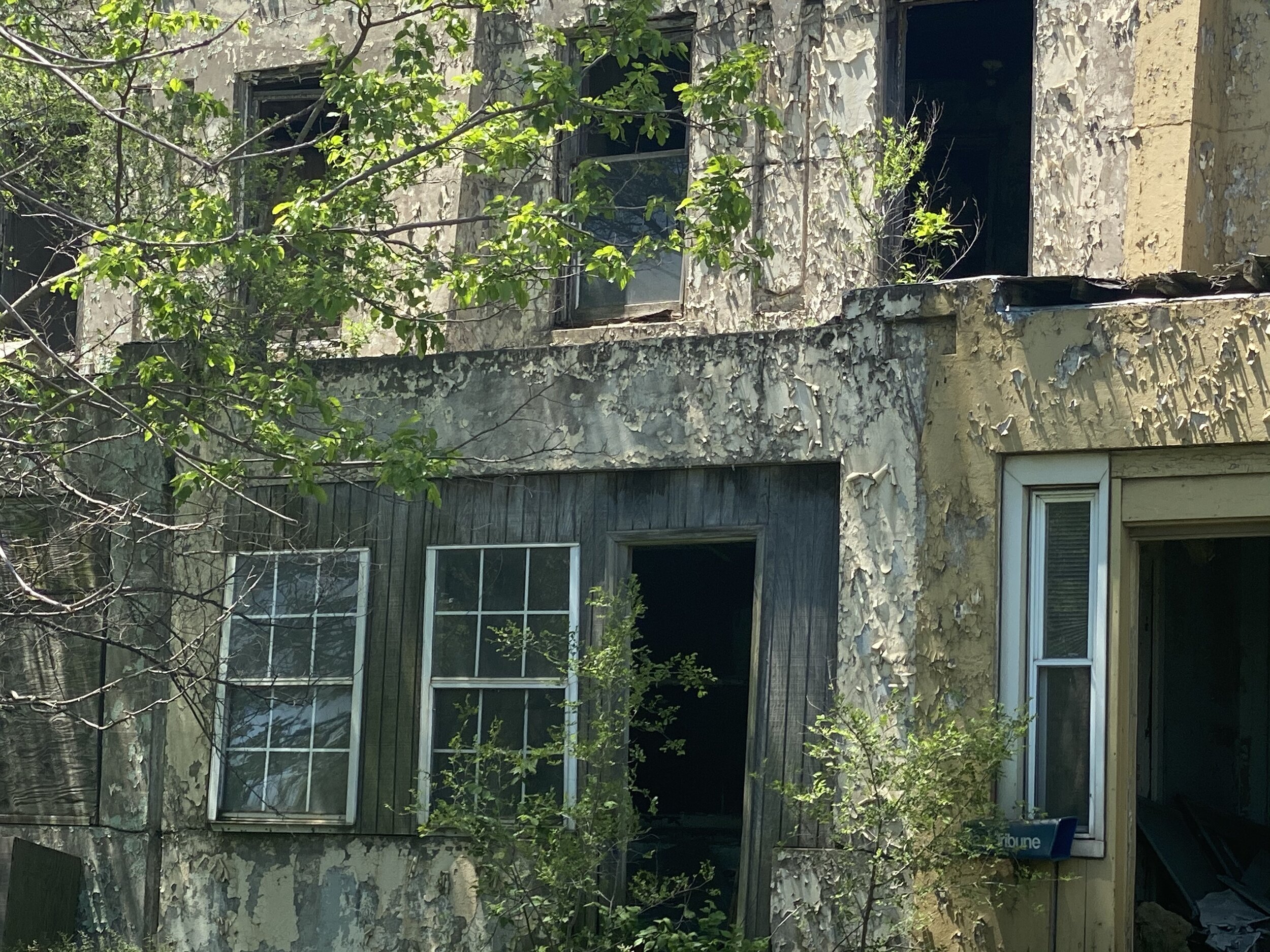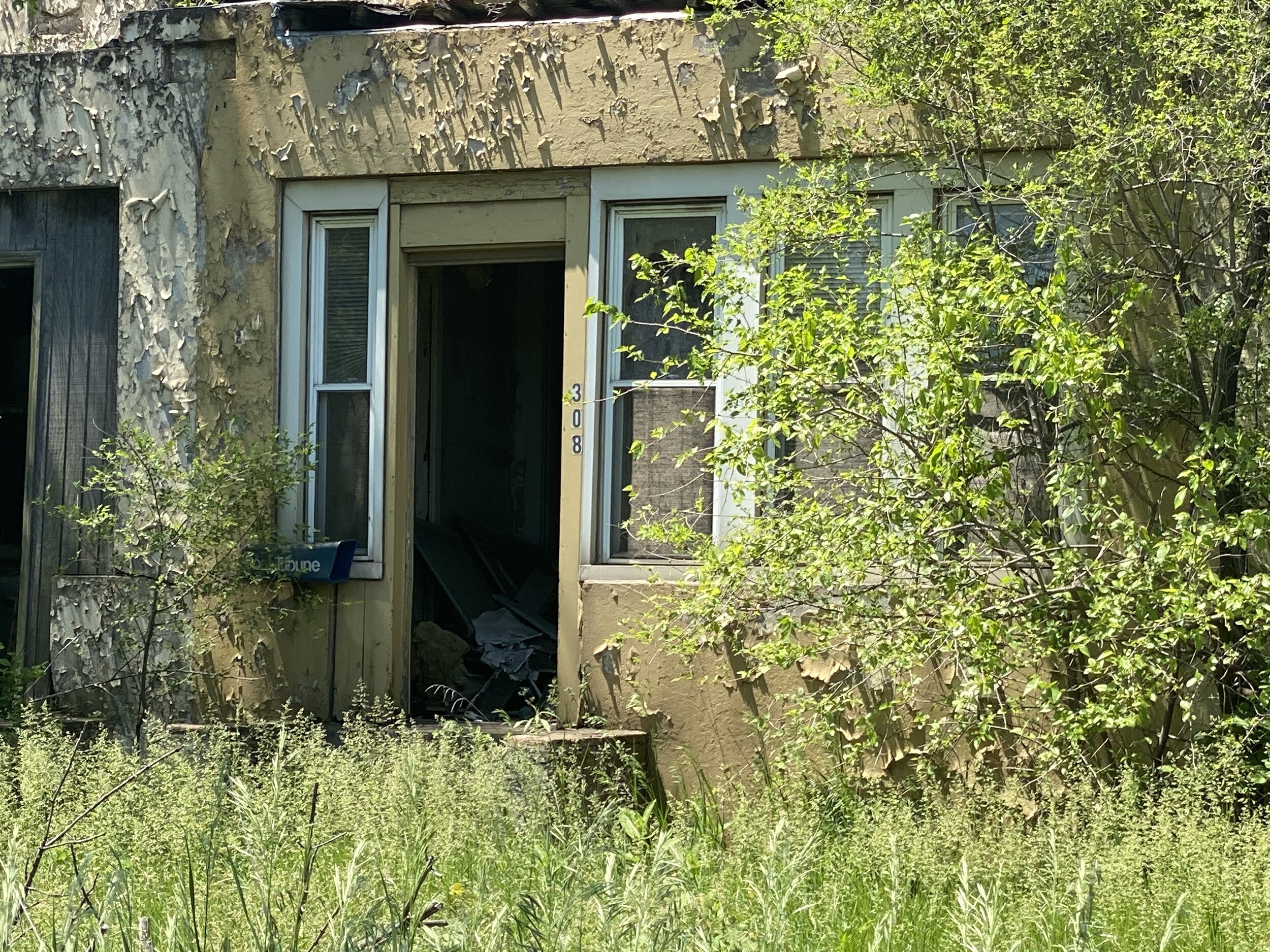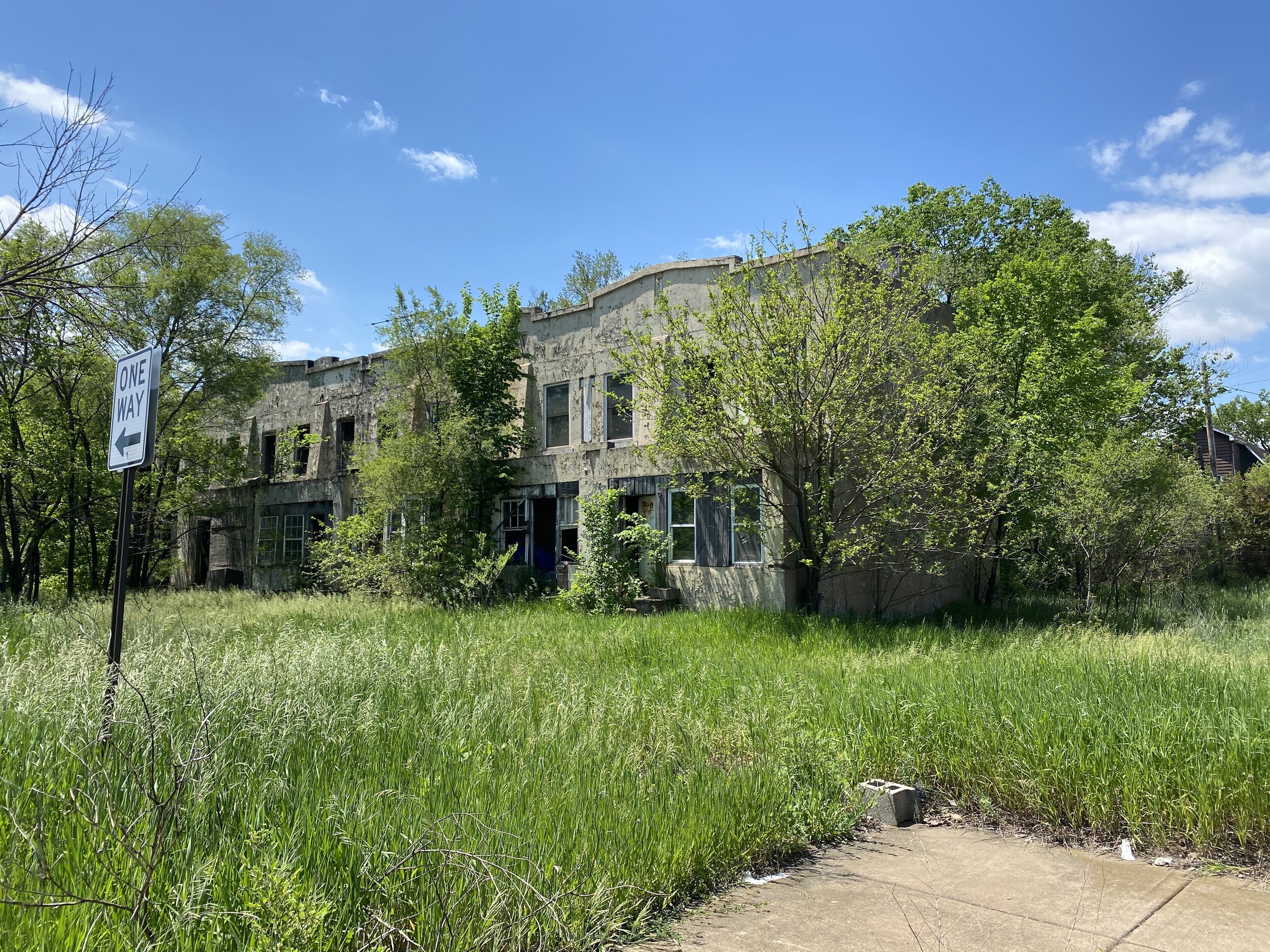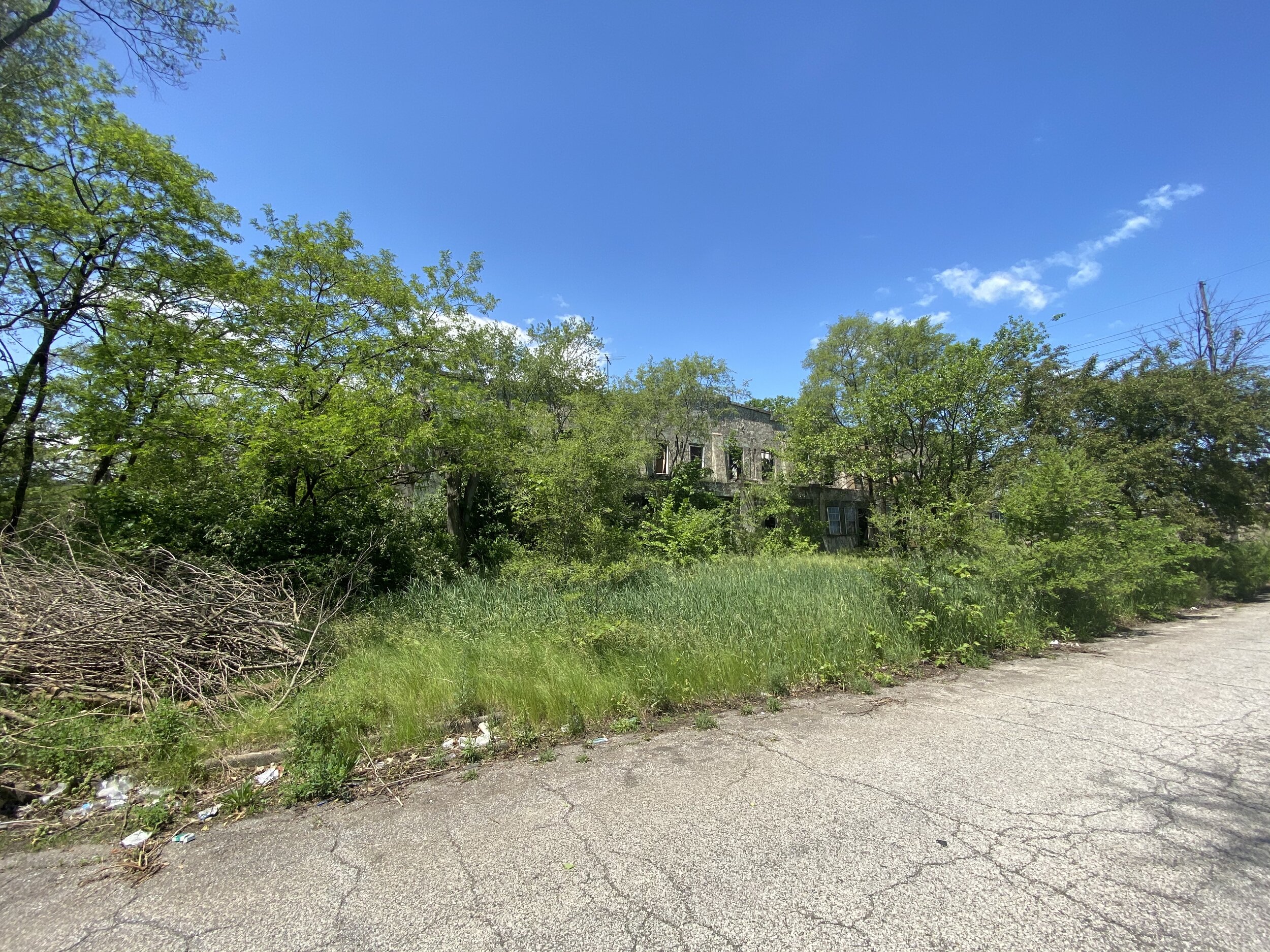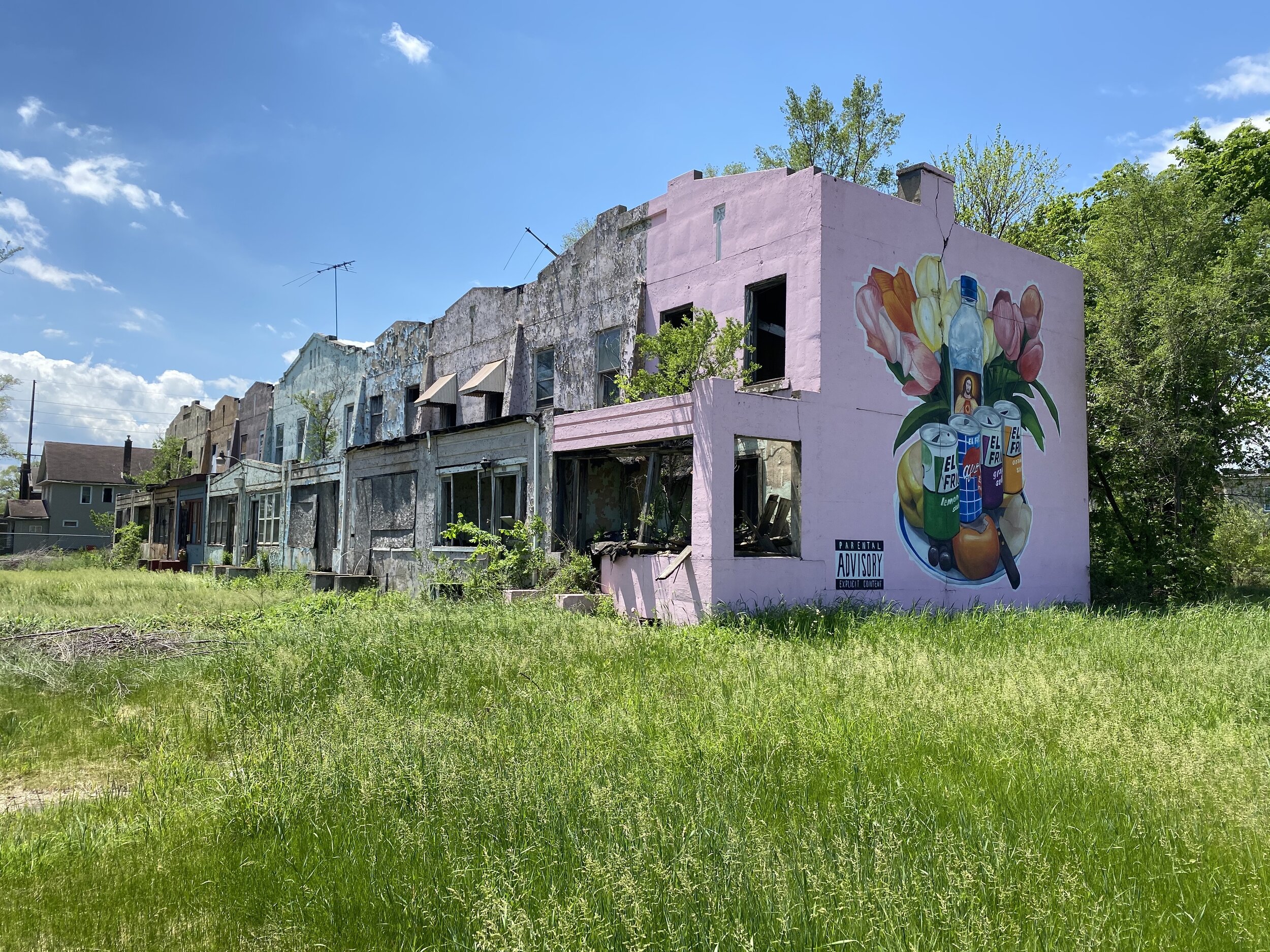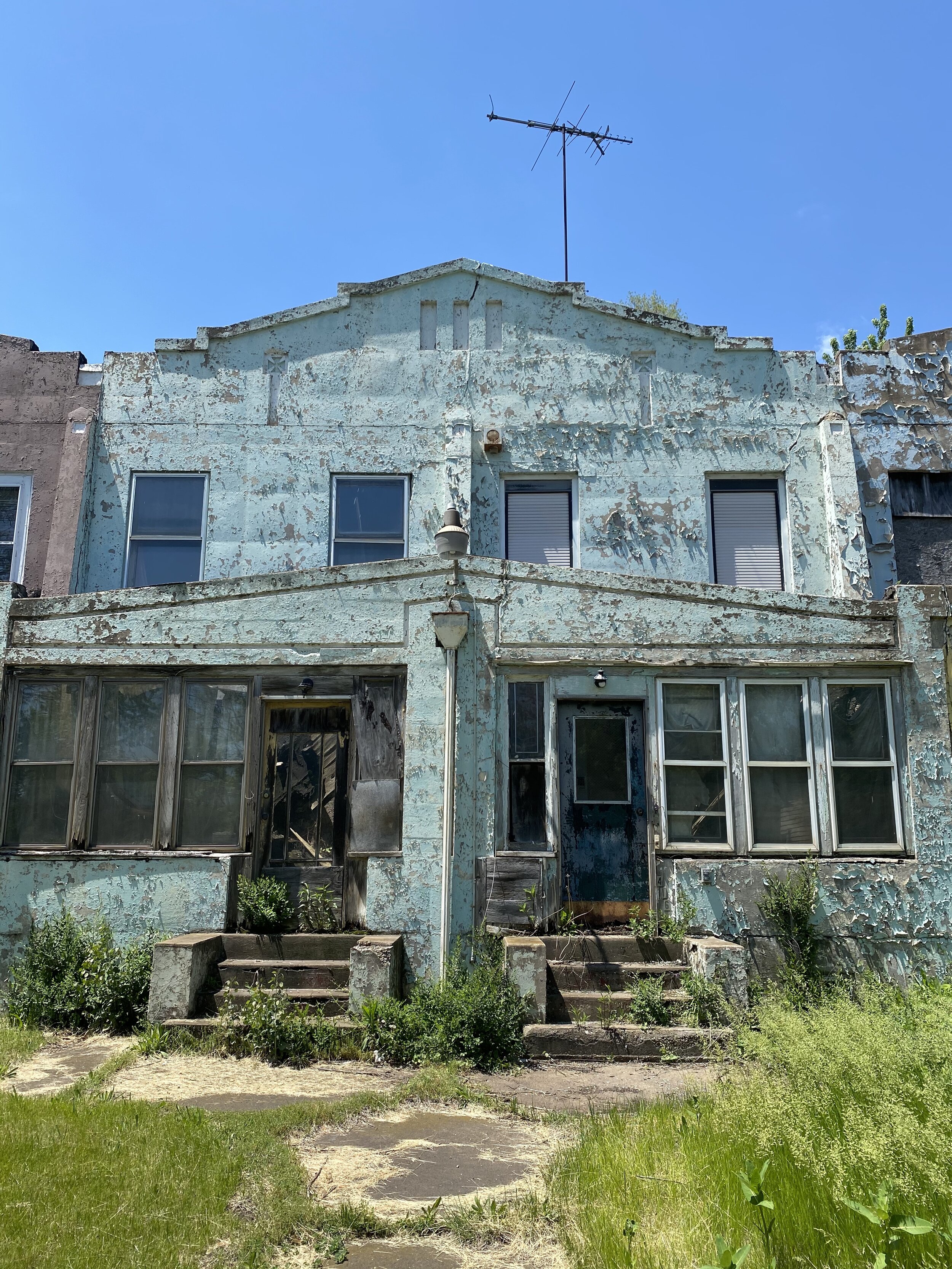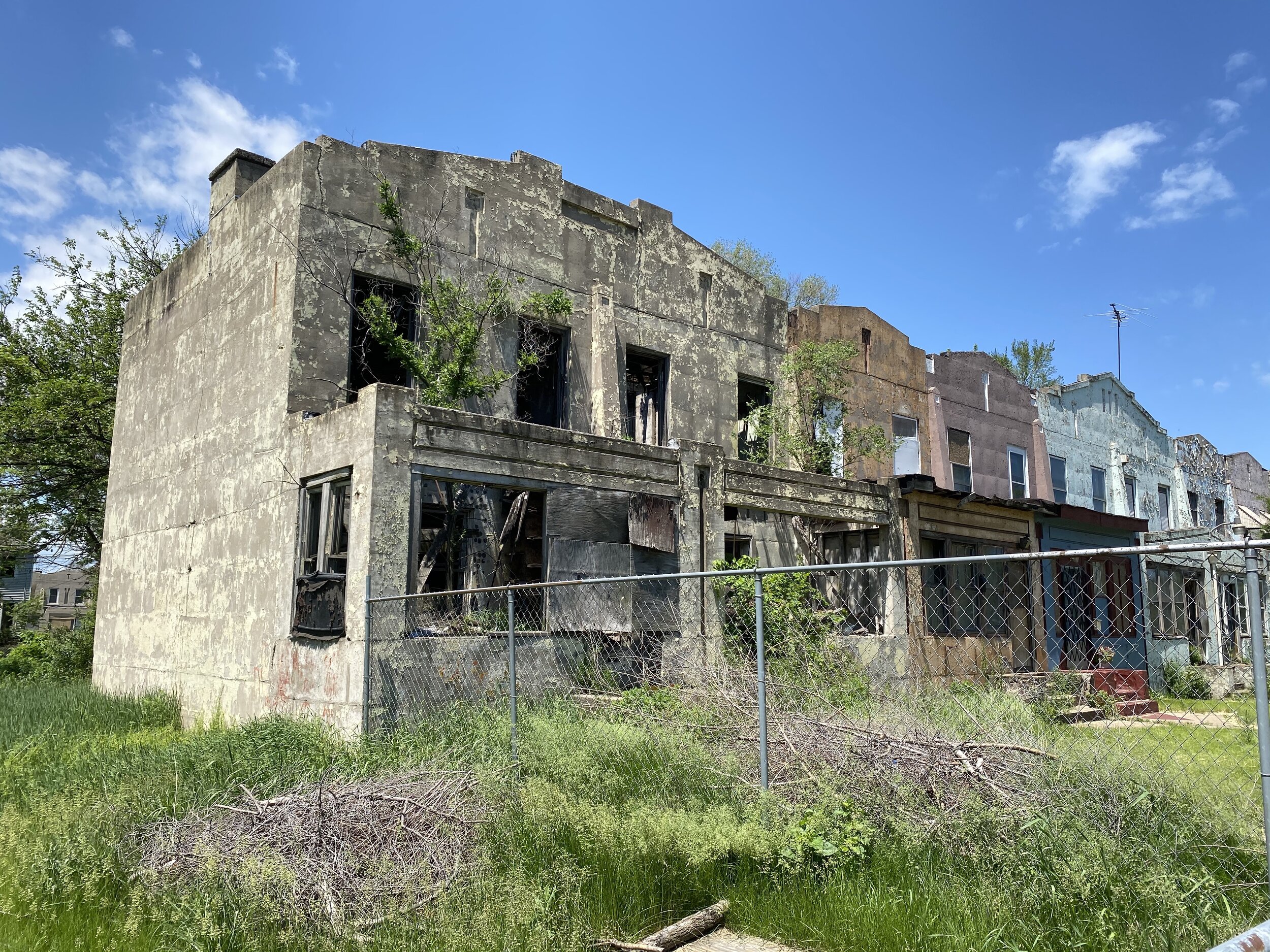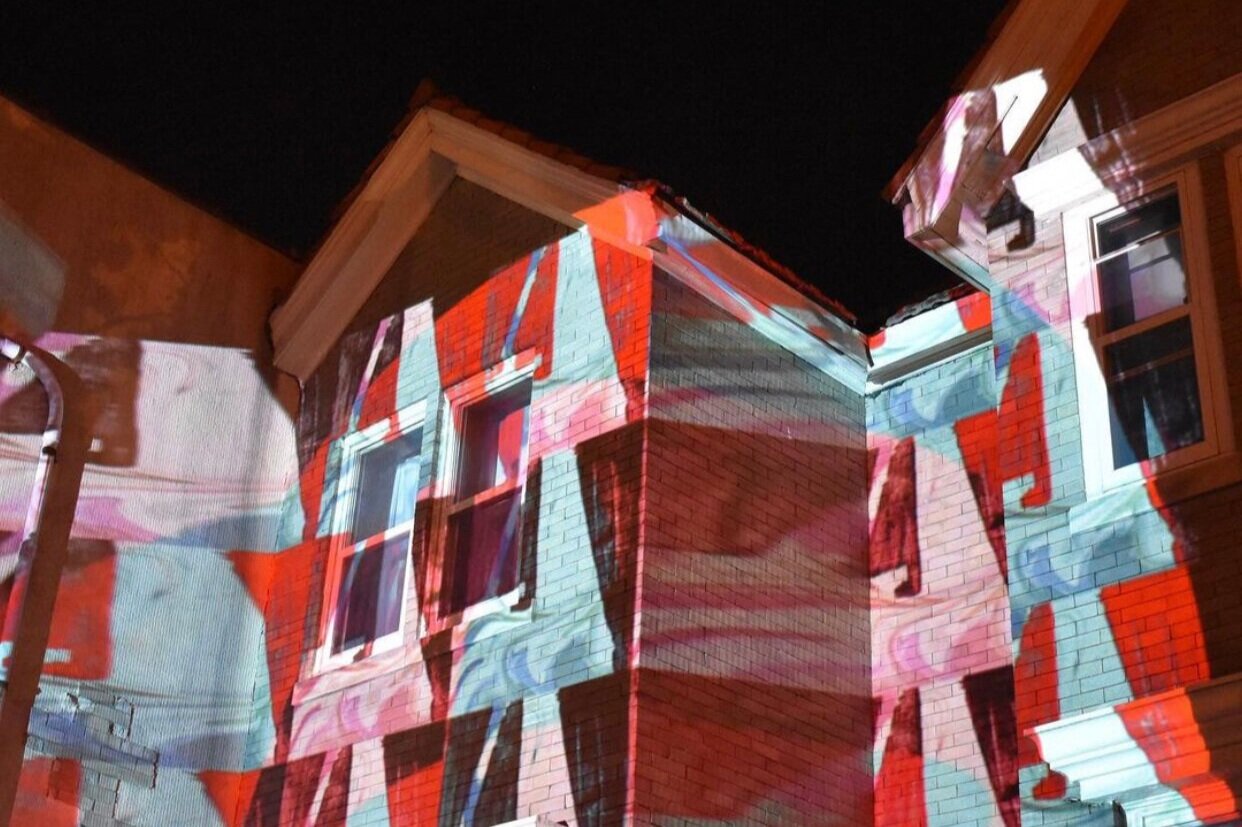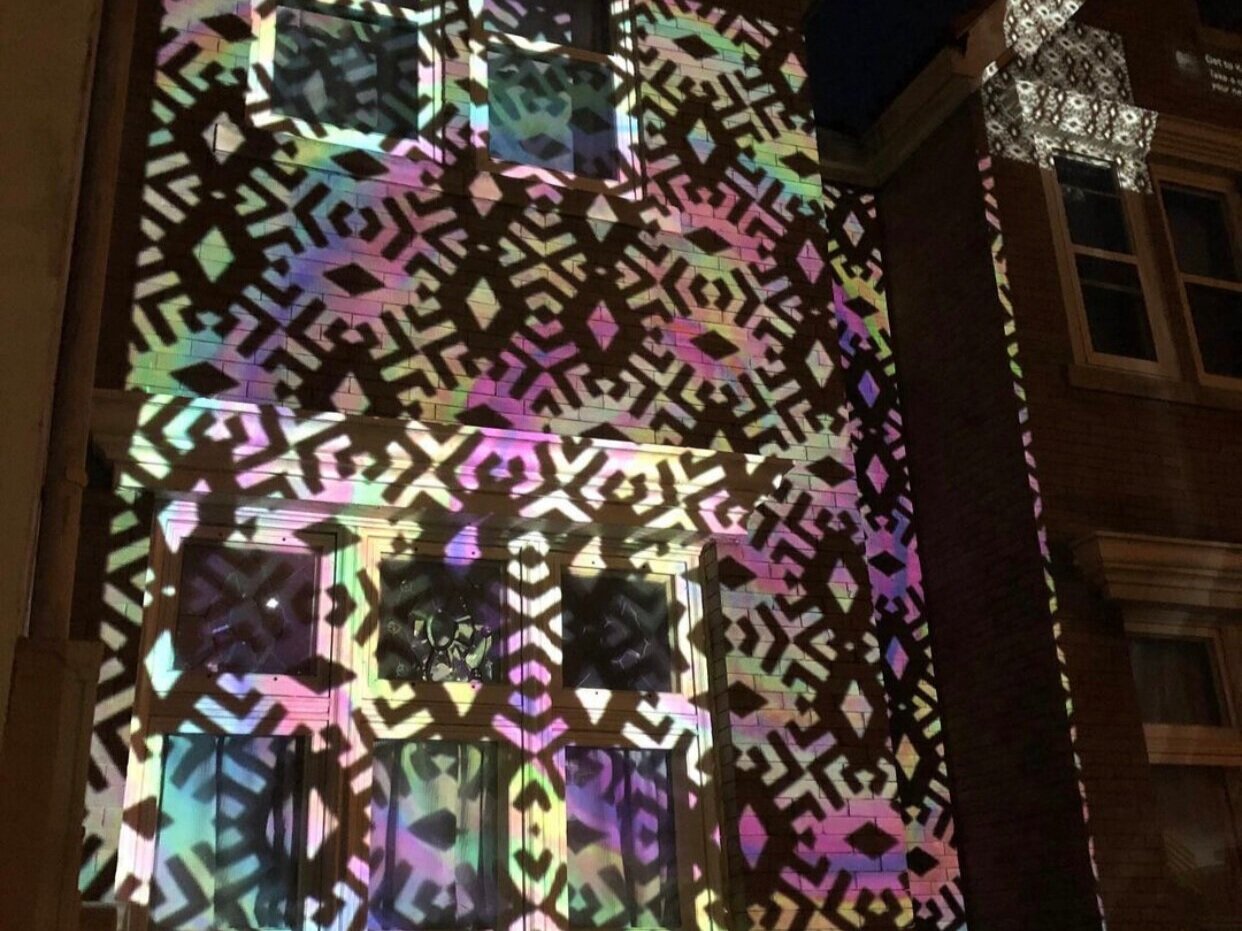SAVING THE SITES.
COALITION BUILDING.
Once a thriving commercial and entertainment hub, today, Gary, Indiana, has vacant land and abandoned buildings. Like other large industrial centers, Gary has experienced a decline in jobs and population as manufacturing has declined nationwide. Suburban malls began drawing retail spending from Downtown. Despite attempts to retain retail space and increase population, both continued to decline along with employment. The racial division remained a significant factor, and the City's demographics shifted to being majority African-American. As local and national awareness of a crisis and resource constraints heightens in Gary, pressures for sustainable city revitalization projects intensify. In addressing decades of disinvestment and blight, two civic issues to be addressed are quality of place and perception problems.
GARY ARCH CONCEPTS.
A CALL TO ACTION.
A FRAMEWORK.
GARY ARCH CONCEPTS INITIATIVES.
SNAPSHOT HISTORY.
Government records in 1914 showed that Thomas Alva Edison had filed patents at the rate of one every 14 days for 40 years. The light bulb, phonograph, motion picture projector — these are among the most famous Edison inventions. Edison also held patents on cement, and in 1906 he invented a mold and construction system for use in building all-concrete houses.
In 1913, U.S. Steel thought Edison’s concrete homes looked like a solution to the housing shortage in Gary, a fast-growing company town. Contractors for a subsidiary of the steel company used Edison’s molds to build row houses and detached cottages for the firm’s management staff.
Almost 100 years later, the nonprofit Partners in Preservation (PIP) commissioned a multiple property documentation submission to the National Register for Gary’s Edison Concept Houses (over 70 remains of the 86 buildings that employed Edison’s molds), and then followed it up with historic district nominations for four clusters — Polk Street Cottages, Jackson Terraces, Monroe Terrace, and Van Buren Terrace — all researched and written for PIP by Christopher Baas. “It turned out that because of the setup and machinery costs, the Edison system wasn’t the most economical approach to housing creation,” says Jim Morrow, the creator, and benefactor of PIP.
No longer the property of U. S. Steel, the Edison houses vary widely in condition, with some occupied in good condition and others, owned by the cash-strapped city, vacant and ruinous. PIP funded the National Register nominations to bring attention to these rare houses with an important pedigree, and to make sure they qualify for restoration incentives. Van Buren Terrace could use an Edison fan with rehab experience.
A series of civic + public initiatives called GARY ARCH CONCEPTS serve as a CALL TO ACTION that mobilizes efforts to save and bring awareness of the remaining Edison Concept Homes. Many of these historic and architecturally significant sites are derelict, unoccupied for years, and presently threatened by imminent demolition.
GARY ARCH CONCEPTS believes these structures serve as a significant social and cultural reference point for past, present, and future generations.
GARY ARCH CONCEPTS recognizes the power of arts to transform communities and opportunities with stimulating programming and meaningful projects.
GARY ARCH CONCEPTS does this by reinterpreting and re-envisioning the Edison Concept Homes in new ways by offering experiences with architecture, space, connecting with people, and creating social, economic, and cultural value.
NEW VISUALS: COMMISSIONS
ANTHORPOLOGICAL BOOKEND MURALS
> Creating contemporary, responsive site-specific didactics
> instigating public space interventions WITH outdoor displays or presentations express unique architectural and heritage qualities.
SOUND+LIGHT PROJECTIONS
> present a series of audio-visual experiences that transform outdoor public and community environments with musical, projection, and lighting installations.
> These sound and light spectacles serve as architectural interventions; each uniquely different, as the environment influences curation and production.
SITE-SPECIFIC DIDACTICS
SITE-LEVEL EXHIBITS
OUTDOOR IDEAS CONFERENCE

